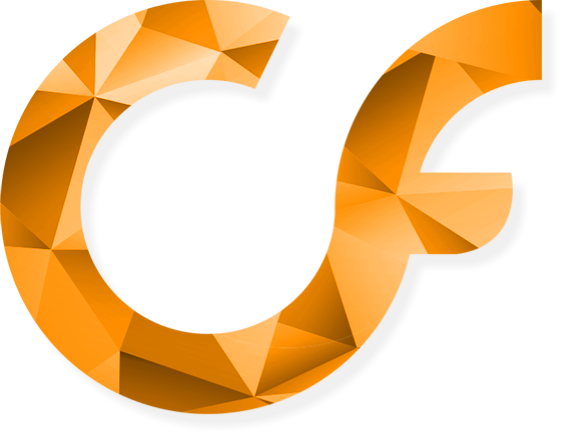Token Generation Events (“TGEs”)—commonly referred to as an Initial Coin Offerings (“ICOs”)—are often perceived as a means to avoid the regulatory requirements imposed upon more traditional forms of raising capital imposed by the Security and Exchange Commission. As a result, many people are skeptical of TGEs/ICOs, shying away from everything they entail. However, TGEs/ICOs can be an incredible vehicle to finance projects that would likely never be financed through more traditional routes (e.g., venture capital funding) and if done properly, they can be fully compliant with the SEC’s regulatory requirements.
In the case of a TGE/ICO that is either based in the U.S. or that plans to offer tokens to U.S. citizens, the goal is typically to structure the project to be funded in a way that avoids the token(s) being classified as a “security” by the SEC (using a formula that is referred to as the “Howey Test”). For a very brief overview of what the Howey Test entails see here, and read my previous article on the subject.
Depending on the nature of the project, it is not always possible to avoid having your token(s) classified as a security by the SEC. However, even if that happens, all is not lost. There are other options that you can consider in order to issue the token(s) and launch your desired project without having to fulfill all of the registration requirements imposed upon non-exempt securities by the SEC.
The first general exemption available is known as “Regulation D.” Under section 506b of Reg D, there is no maximum limit to the amount of money you can raise but you cannot publicly solicit investors (i.e., they must be known to you or referred to you by people you know), and all but 35 of your investors must be “accredited” investors, meaning that the investors in question have a net worth of over $1 million (not including the value of their homes) or an annual income of at least $200,000. Under section 506c of Reg D, there is also no maximum limit to the amount of money you can raise but unlike under section 506b you can publicly solicit investors. However, the tradeoff is that all the investors must be accredited (net worth over $1 million not including the value of their homes or annual income greater than 200,000), and it is up to you to verify that all of the investors meet the accreditation requirement.
The second general exemption is known as “Regulation A+.” Reg. A+ is broken into two tiers, as follows:
Tier 1 allows a maximum raise of $20 million, you can publicly solicit prospective investors and unaccredited investors are allowed, but they can only invest up to 10% of their annual income or net worth. However, unlike capital raises under Reg D, you must register with the SEC and wait for its review process to complete before you can actually start raising capital.
Tier 2 allows a maximum raise of $50 million, and just as with Tier 1 you can publicly solicit investors and unaccredited investors are allowed (with the same limits imposed under Tier 1), but in addition to the registration and review requirements under Tier 1 you are also required to undergo an annual audit and observe additional financial reporting requirements.
As previously stated, many who consider raising capital via TGEs/ICOs do so in order to avoid having to deal with the SEC requirements entirely. But in the event that it is not possible to accomplish that objective, consider looking into Reg D and Reg A+.
—
All content created in this article does not represent advice nor is considered an official representation of the law or of the governing authorities. Use it at your own discretion.

